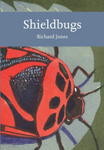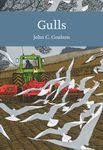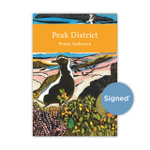![Garden Birds Garden Birds]()
Click to have a closer look
About this book
Customer reviews
Biography
Related titles
About this book
Read our interview with Mike Toms.
Gardens make a significant contribution to the amount of urban green space and are the main contributors to urban biodiversity. Birds are one of the most visible components of this urban biodiversity, and many of us enjoy attracting wild birds into our gardens.
This timely addition to the New Naturalist Library examines the ways in which birds use gardens, revealing the many new discoveries that are being made and explaining why individual species of bird use gardens in the ways that they do. Why, for example, do Blackcaps now winter in UK gardens favouring those in the southwest and those that are urban in nature and why do Siskins increase their use of garden feeders on damp winter days? With a growing human population, the process of urbanisation is set to continue and it is important to recognise the impacts that urbanisation will have on bird populations and the community of species making a living within the built environment.
Although many people do not regard themselves as birdwatchers, most of those who seek to attract wild birds into their gardens do so because they enjoy watching them. Some have taken their interest further by becoming involved in citizen science projects that have helped to develop our understanding of how and why birds use our gardens and the resources that they provide. This research demonstrates the role that gardens play in the ecology of many wild bird populations and reveals insights that continue to fascinate a growing audience, increasingly interested in the wildlife that lives alongside them.
Customer Reviews
Biography
Mike Toms has overseen the BTO's Garden Ecology Team for more than a decade, delivering research that addresses the question of why birds use gardens and the impact this use has on their ecology. Now Head of Communications at the British Trust for Ornithology (BTO), Mike is responsible for how the organisation communicates the results of its scientific work to a broad range of audiences. Much of his work is geared towards public engagement in citizen science, delivering quality research through networks of keen amateurs.
Mike is a regular contributor to BBC Wildlife magazine, a columnist for the Eastern Daily Press and author of several books, including a number on garden birds and, most recently, the Collins New Naturalist volume on garden birds. He is a Trustee of Norfolk Wildlife Trust and part of the New Networks for Nature steering group.
Monograph
By: Mike Toms(Author)
452 pages, 174 colour photos and colour illustrations, colour distribution maps, 9 tables
"[...] This book is, in short, a state‐of‐the‐art compendium on the ecology of garden birds and, to an extent, of the humans who feed and host them. It includes an extensive 51‐page bibliography, and will no doubt remain the go‐to reference for some years to come, although climate, agricultural and urban changes will mean the status of garden birds will continue to be in flux."
– Anthony Cheke, Ibis, 2020
"The New Naturalist series has covered a wide range of topics in its 75 years of existence, from the lives of early humans to plant disease via accounts of different UK regions. Only once before has it tackled gardens, and the bird content of that volume was minimal. It is therefore good to see birds in gardens taking centre stage for the first time. [...] This latest New Naturalist is liberally illustrated with attractive colour photographs that are chosen well [...]. Importantly, it is written in an engaging style, which makes it a delight to pick up and read, with subheadings that allow the reader to scan easily for the information that they require. In terms of providing scientifically accurate information in a user-friendly style, it works brilliantly."
– Keith Betton, British Wildlife 31(1), October 2019




















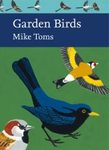
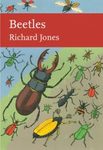
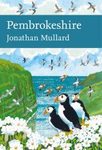
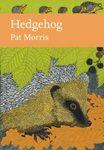
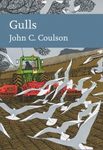
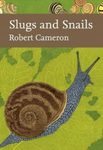


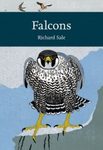
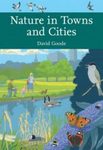
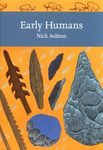







![Ageing & Sexing of Migratory East Asian Passerines [English / Chinese]](http://mediacdn.nhbs.com/jackets/jackets_resizer_medium/25/250760.jpg?height=150&width=115)












